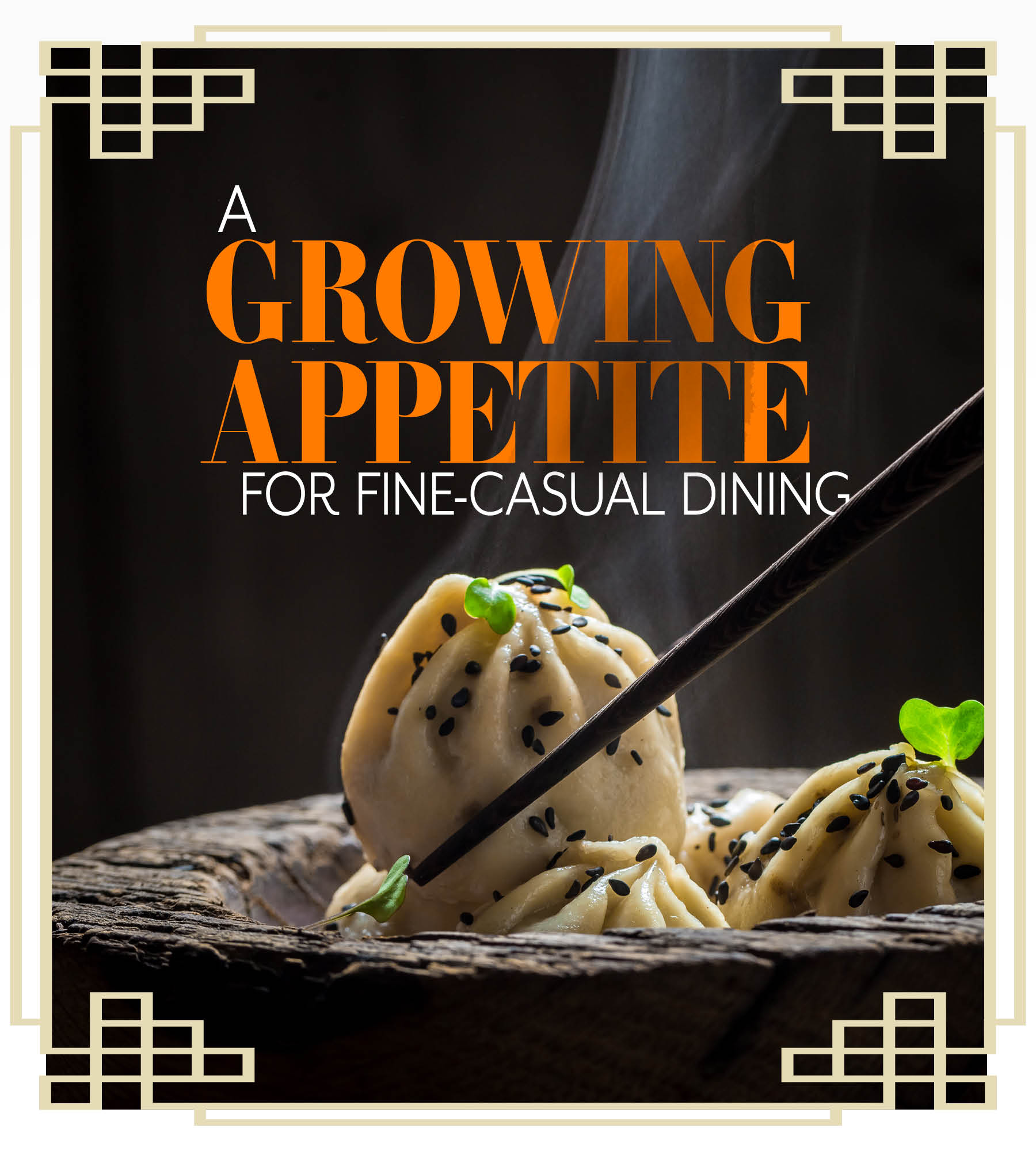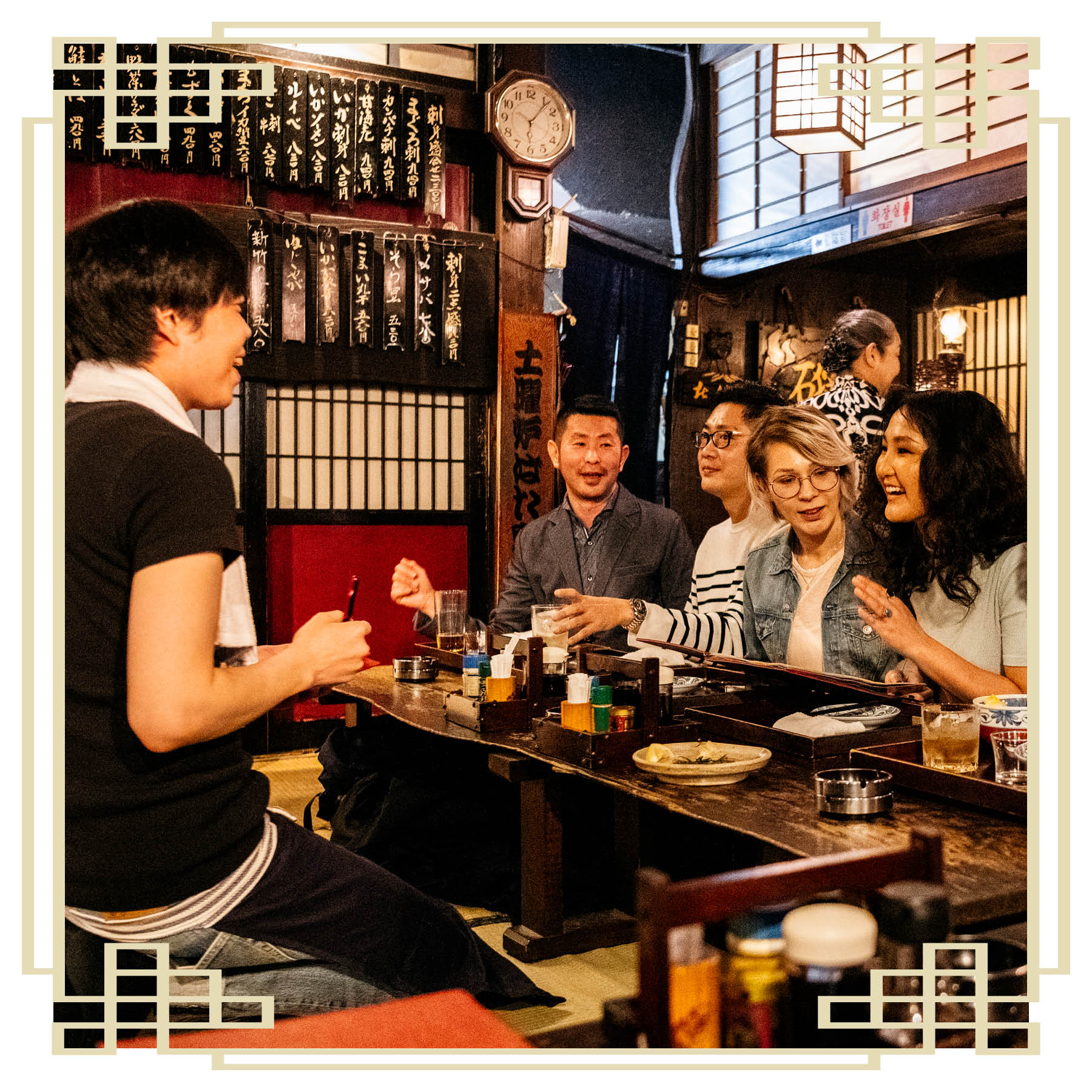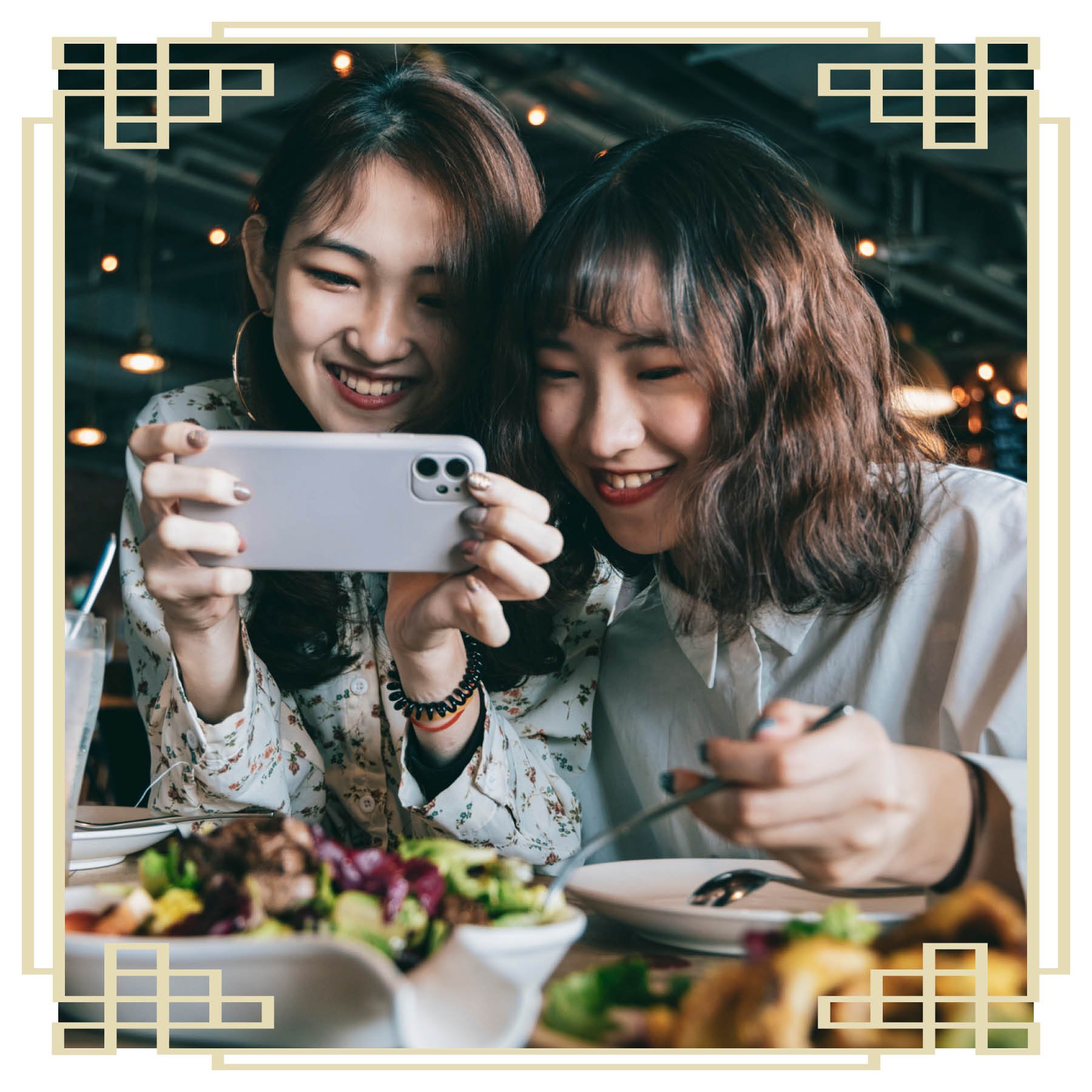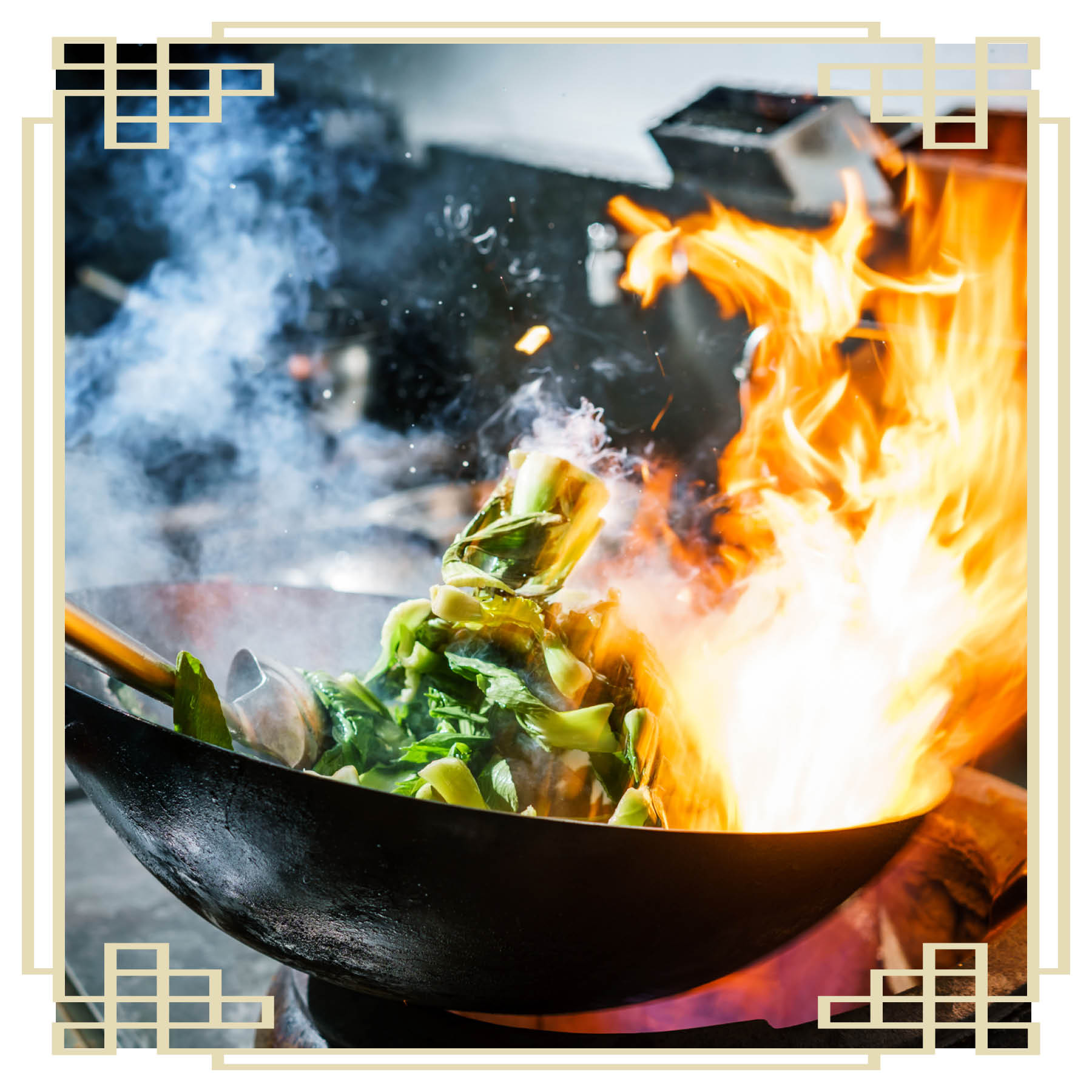Language
You can read the magazine in one of the following languages
Geolocation
You can read the global content or the content from your region

Asia’s food and beverage landscape is undergoing a radical shift. From my experience overseeing operations in over 100 restaurants, including those with Michelin stars, and running a Hong Kong-based food and beverage magazine, I’ve observed a clear trend. While the traditional fine dining model is struggling, a brand-new market is exploding: fine-casual dining.
There is a shift taking place, and the exuberance of traditional luxury and uncompromised extravagance is no longer the ultimate desire. Diners are turning away from the sheer opulence that traditional fine dining epitomizes.
Instead, there’s a growing appetite for high-quality food served in an environment that’s accessible and unpretentious. This is where fine-casual dining comes into play, maintaining culinary excellence while stripping away the layers of excess.

Fine-casual dining rejects the formality and expense that once defined upscale eating. It offers a new narrative for luxury – one that’s understated yet sophisticated. In Asia, where dining is a cultural cornerstone, this shift is particularly pronounced. Customers are seeking establishments that offer not just a meal but also a memorable experience.
The focus is on creating spaces that combine the best aspects of fine dining – attention to detail and creative cuisine – with the comforts of a casual, energetic setting. These venues are thriving because they reflect a modern ethos: quality without pretense, experience over extravagance.

As industry players, we must recognize this trend as a clarion call for change. Investments and entrepreneurial efforts, particularly in Asia, should be planning a pivot toward concepts that align with the fine-casual approach.
From our insights, this isn’t a temporary blip but a permanent realignment of the market’s axis with the introduction of the consumer market’s new biggest players, the digital-native generations that seek out moments they can live out on social media – Millennials and generation Z.

For those already operating in the fine dining space, the message is stark: adapt or face obsolescence. This might mean overhauling menus to focus on approachability, redesigning spaces to be more inviting, or retraining staff to provide service that’s expert yet warm.
It’s about capturing the essence of fine-casual, which is a stellar culinary experience in a visually captivating atmosphere.
Our portfolio’s insights consistently highlight the potential of fine-casual dining. Establishments that have embraced this direction are reporting a broader customer base, increased visits and healthier finances. They’re no longer just places to dine; they’re cultural hubs combining food with ambience and story.
The rise of fine-casual dining also mirrors a deeper change in consumer behavior. Today’s diners demand authenticity and narrative with their meals. They’re curious, informed and they want a dining experience that tells a story.

Fine-casual dining spots meet this need head-on, offering dishes with a backstory in an environment that’s got personality. Social media’s impact has been pivotal in this shift.
The Instagrammability of fine-casual venues makes them appealing to a demographic that values esthetics and online sharing. A strong visual identity and a compelling brand story can be as important as the quality of the food.
In summary, our industry intelligence leaves no room to doubt that fine-casual dining is the definitive response to the decline of traditional luxury in Asia’s dining scene. The opportunities for growth here are immense, and those who can adeptly navigate this transition will find themselves at the helm of a new dining era.
The industry’s future calls for embracing this change, innovating with courage and delivering experiences that resonate with contemporary dining philosophies. Fine-casual dining is leading the way, and now is the time to act.

Kieran Gibb
Contributor Collective Member
In the dynamic world of digital marketing, Kieran Gibb stands out not for chasing the spotlight, but for his earnest efforts to harness data for the betterment of Asia’s food and beverage sector. In 2020, alongside his wife Alexandra Leung, Kieran embarked on a venture that would quietly yet significantly impact the way restaurants in Asia approach marketing. They founded Monogic with a grounded vision: to merge data intelligence with targeted marketing and public relations, thus offering restaurants a more effective way to reach their audiences. https://monogic.co/